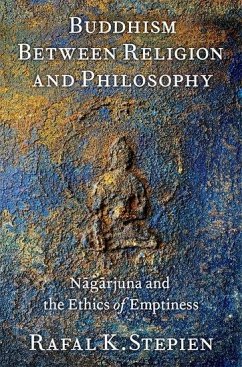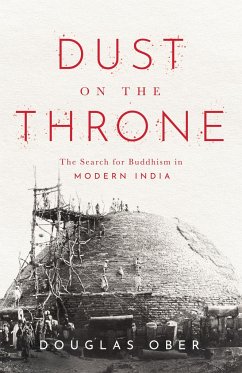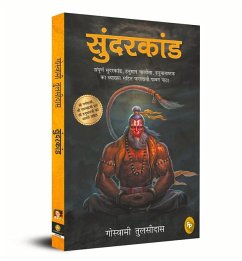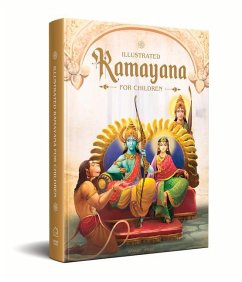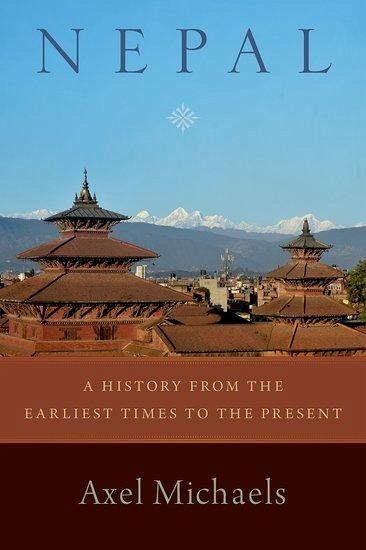
Nepal
A History from the Earliest Times to the Present
Versandkostenfrei!
Versandfertig in über 4 Wochen
36,99 €
inkl. MwSt.
Weitere Ausgaben:

PAYBACK Punkte
18 °P sammeln!
This comprehensive history of Nepal spans pre-historic times and the Licchavi Period to more recent developments, such as the Maoist insurgency and the rise of the republic. In addition to religious history and histories of selected regions (Mustang, Sherpa, Tarai, and others), it covers the nation's relations with its powerful neighbors and its cultural aspects, especially its rich history of arts, architecture, and crafts.





